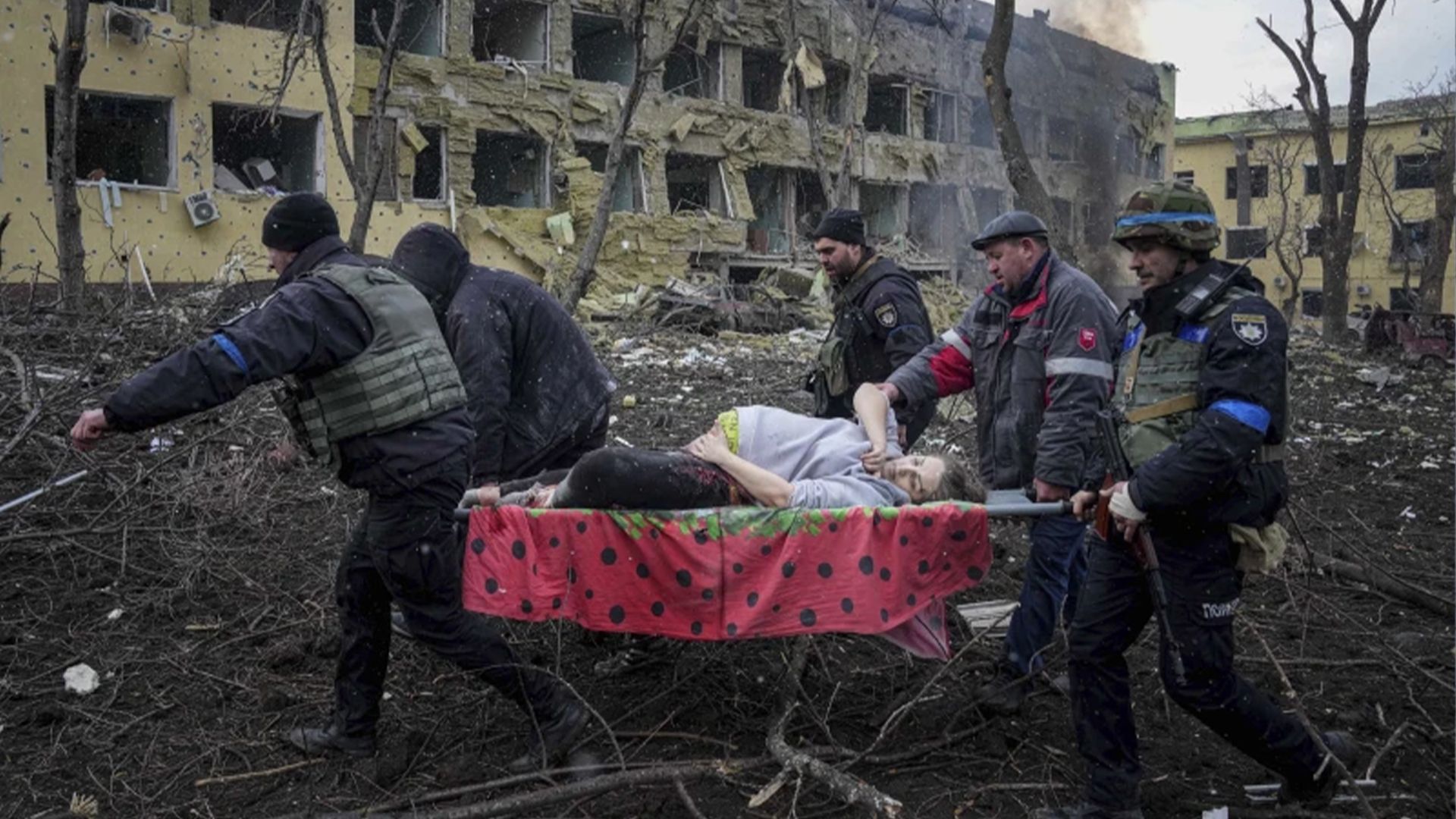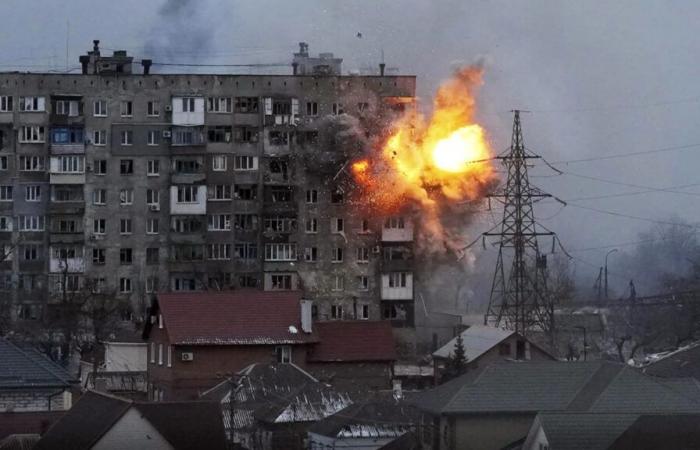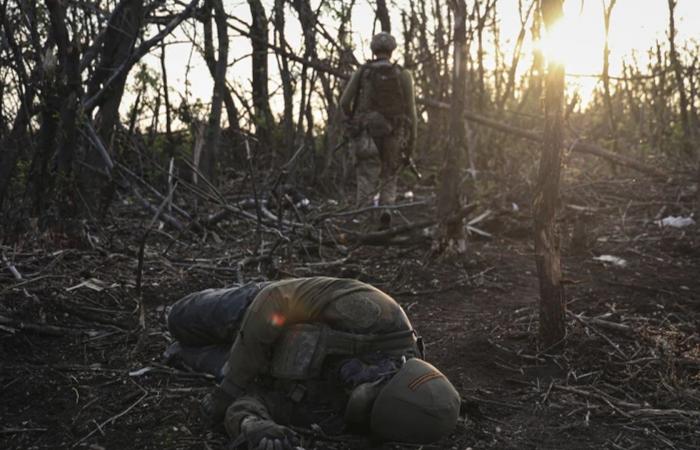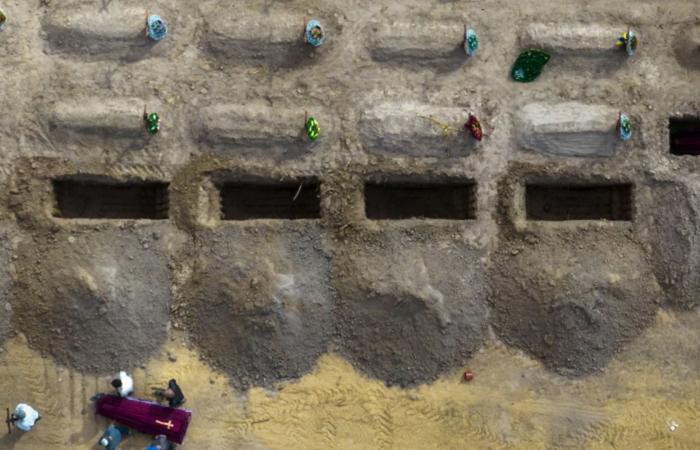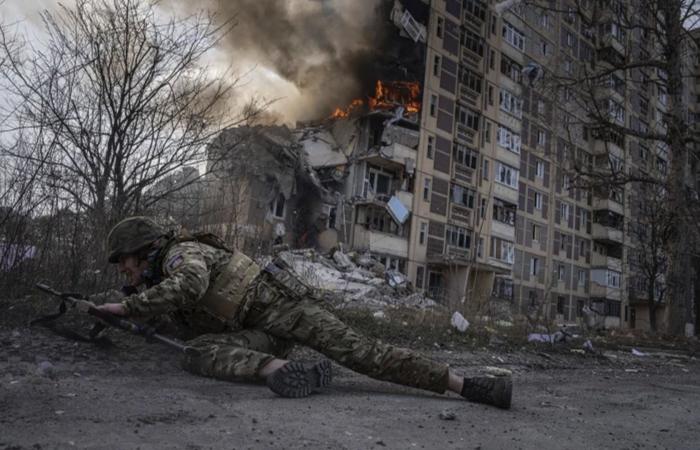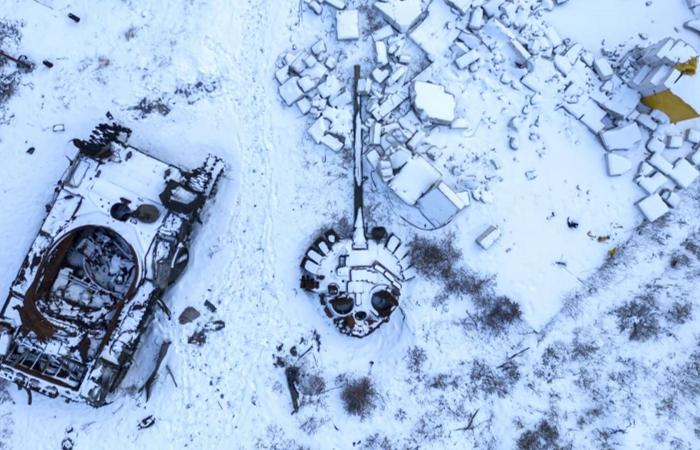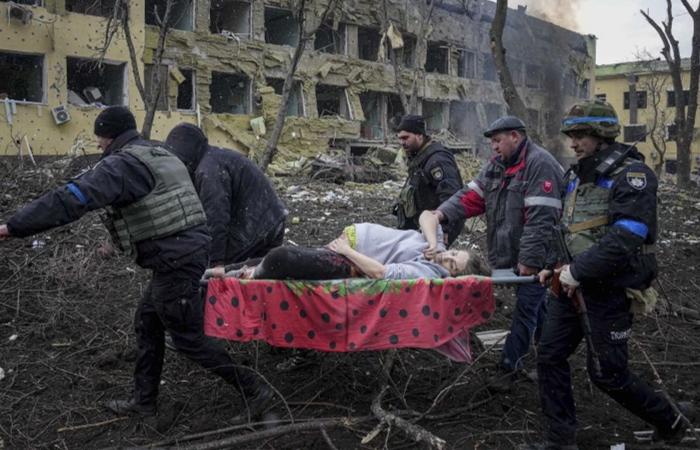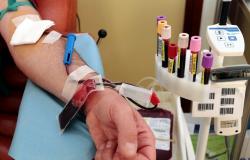On the contrary, this idea quickly collapsed. The Ukrainian army has proven that it can slow the advance of Russian forces and, if not drive them out completely, at least prevent their defeat, with sufficient support from the West.
But almost three years later, the outlook is bleak again. Russia is spending enormous quantities of weapons and human lives to make modest but steady territorial gains over nearly a fifth of the Ukrainian territory it already controls. Ukraine, meanwhile, is working to minimize its losses, maintain morale and convince its allies that with increased military aid it can turn the tide.
As this brutal war of attrition approaches its thousandth day, neither side appears eager to negotiate. President-elect Donald Trump has said he could quickly end the war, but it is unclear how and in whose favor he could tip the scales.
According to Phillips O'Brien, professor of strategic studies at the University of St Andrews, Scotland, it is this backdrop that appears to be guiding Russia's strategy in eastern Ukraine. Mr. Trump could try to end the war by cutting off arms deliveries to Ukraine.
“If Trump cuts aid to Ukraine and the ceasefire results in a frozen conflict, Russia wants to secure as much territory as it can now,” O'Brien said.
For Ukraine, the key to any ceasefire would be guarantees from the West that it will not allow Russia to invade the country again in the future. Otherwise, according to Mr. O'Brien, “a ceasefire is a recipe for continued instability in Europe.”
Russia advances in eastern Ukraine
During the first year of the war, Ukraine lost enormous amounts of territory, but it also achieved notable victories. It held off a much larger adversary with superior air power to survive as an independent country, and it reconquered some lands through courageous counteroffensives, giving the underdog—and his wealthy allies – the confidence to stay in the battle.
During the second year, punctuated by Ukraine's devastating loss of Bakhmut and the failure of its counter-offensive, the armies essentially fought to a standstill along a front line of 1,000 kilometers. Towards the end of the year, the US Congress delayed approval of a $61 billion aid package intended for arms purchases and economic and humanitarian assistance.
With Ukraine's munitions running low, its prospects deteriorated significantly as the war's third year began. In February 2024, the town of Avdiivka fell after months of airstrikes by Russia, which used highly destructive Soviet-era bombs equipped with navigation systems.
The fall of Avdiivka created a significant breach in Ukraine's defenses. When Russia subsequently launched an assault on the northeastern city of Kharkiv, Ukrainian troops were stretched even further.
Ukraine experienced a brightening in August, when it launched a surprise incursion into Russia. It seized hundreds of square kilometers in the Kursk region, which it still holds. While this could be an important element in negotiations for a ceasefire, it has not stopped Russian forces from seizing other territory in eastern Ukraine.
“The Russians have paid a very high price to continue to advance, but they are prepared to pay that price in human lives to gain a few more meters of territory every day,” said Justin Crump, director of the British strategic consulting firm Sibylline .
Tens of thousands of troops from both countries have been estimated to have been killed since the war began in 2022, and the UN estimates that at least 11,700 Ukrainian civilians have been killed.
Although the territory gained by Russia in 2024 – approximately 2,455 square kilometers – represents less than 1% of Ukraine's pre-war territory, it has a psychological impact.
With Ukraine's retreat, “we have returned to a period reminiscent of the first months (of the war),” said Mykola Bielieskov, analyst at the CBA Initiatives Center in kyiv. “This strengthens Russia's position, not so much militarily but morally.”
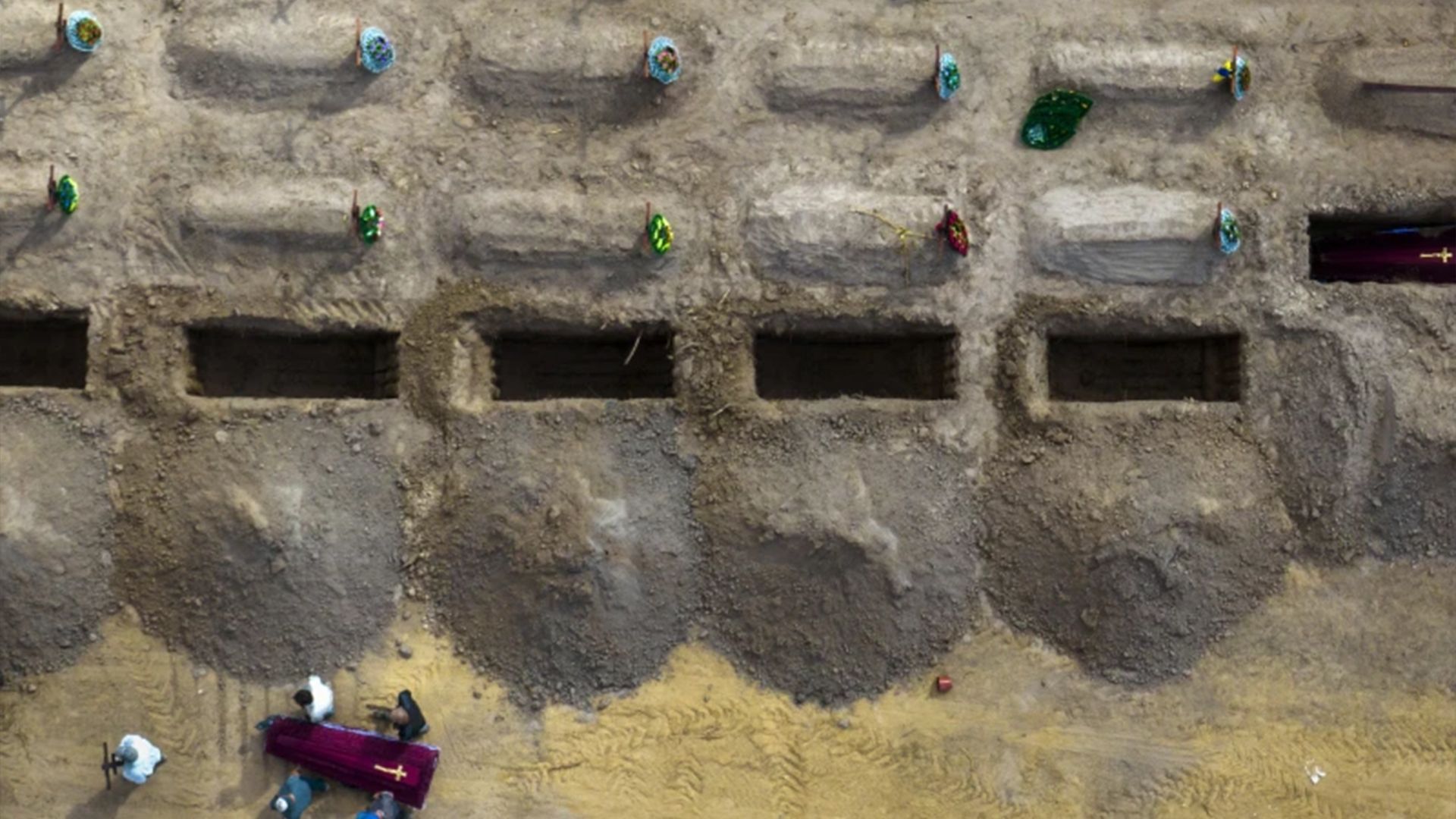
A war of attrition that requires external resources
To keep its war machine running, Russia – like Ukraine – has turned to its allies for help.
Iran supplies Russia with drones and even missiles, and North Korea has sent munitions and even troops, which have been deployed in Russia's Kursk region.
Russian President Vladimir Putin said this year that 700,000 of his troops were fighting in Ukraine. Analysts say Mr. Putin would need a much larger force to accelerate Russia's advance, but that he is unlikely to mobilize more troops because it could stoke internal discontent.
Ukraine's presence in Kursk is another complicating factor for Putin, and it could be used as a bargaining chip in any future ceasefire negotiations.
Captain Yevhen Karas, Ukraine's commander in Kursk, said the fighting inside Russia is very dynamic, but he believes it will prove effective in diverting Russia's attention and resources.
“Even a creeping and retreating front significantly exhausts the enemy,” Captain Karas said.
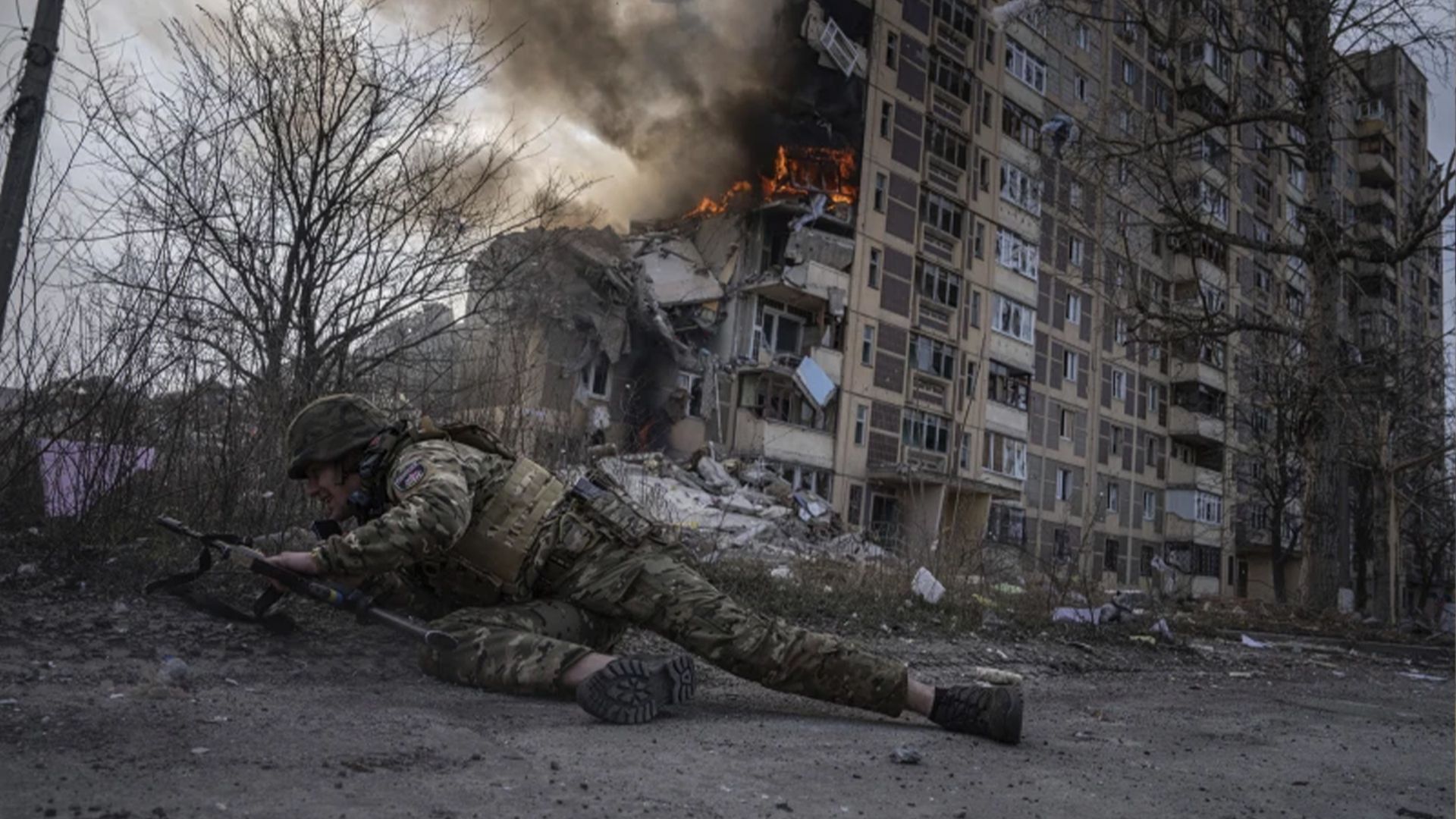
Ukraine has asked the West to provide it with longer-range missiles and allow it to fire on air bases deep in Russia. But its allies have so far resisted, fearing an escalation of tensions with a nuclear-armed Russia.
The United States has provided more than $64 billion in military aid to Ukraine since the war began 1,000 days ago. Soldiers worry about what would happen without enduring U.S. support.
“Bravery, heroism and spirit are not enough,” reported a Ukrainian soldier from the eastern Donetsk region, speaking on condition of anonymity in accordance with military rules.
The soldier estimates that where he is stationed, Russian infantry outnumbers Ukrainian troops 10 times. As the war drags on and the death toll rises, it becomes increasingly difficult for Ukrainian President Volodymyr Zelenskyy to continue replacing troops.
The United States will play a vital role
The direction the war takes will largely depend on how the incoming Trump administration plays its role.
Mr. Trump, who has touted his good relationship with President Vladimir Putin and called the Russian leader “pretty smart” for invading Ukraine, has repeatedly criticized U.S. support for Ukraine.
In his only campaign debate with Vice President Kamala Harris, Mr. Trump twice refused to directly answer the question about whether he wanted Ukraine to win, raising fears that kyiv could be forced to accept unfavorable conditions in the context of possible negotiations.
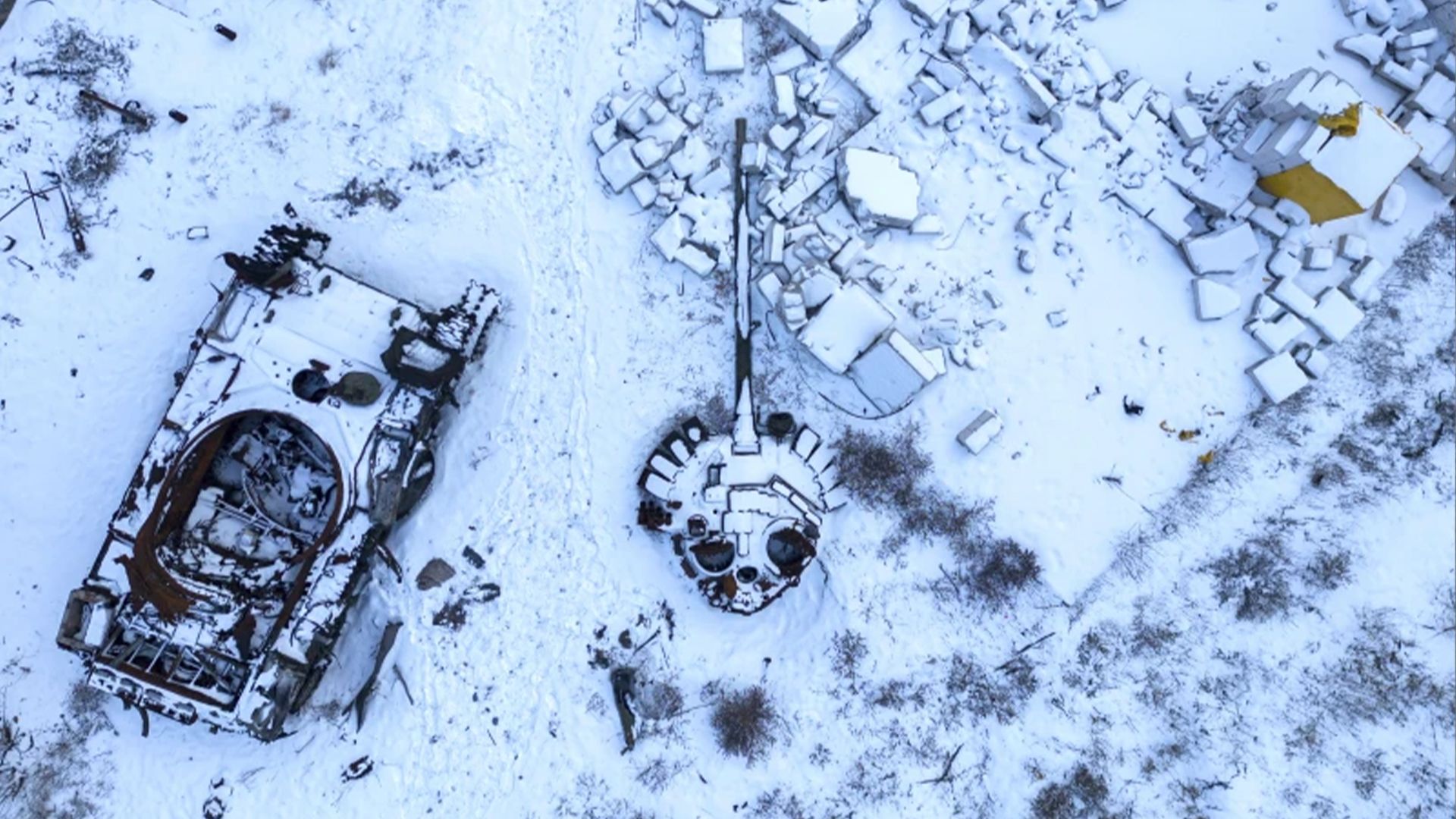
Without security guarantees from the West, Ukraine could find itself vulnerable to future Russian aggression. Analysts say a ceasefire based on the current state of the battlefield would set a dangerous precedent, suggesting that Europe's borders are to be taken through military action, which would not hasn't happened since World War II.
Richard Connolly, a Russia specialist at the Royal United Services Institute in London, believes that this idea would also be very successful in countries such as China, India and other countries. “They could present this as a strategic defeat not only for Ukraine, but also for the West.”
As another winter of war approaches, Ukrainian soldiers say they remain determined.
“We are strong, we are giving our all and we will not surrender,” said a battalion commander in the southern region of Zaporizhzhia. “The most important thing now is not to lose any more ground.”
